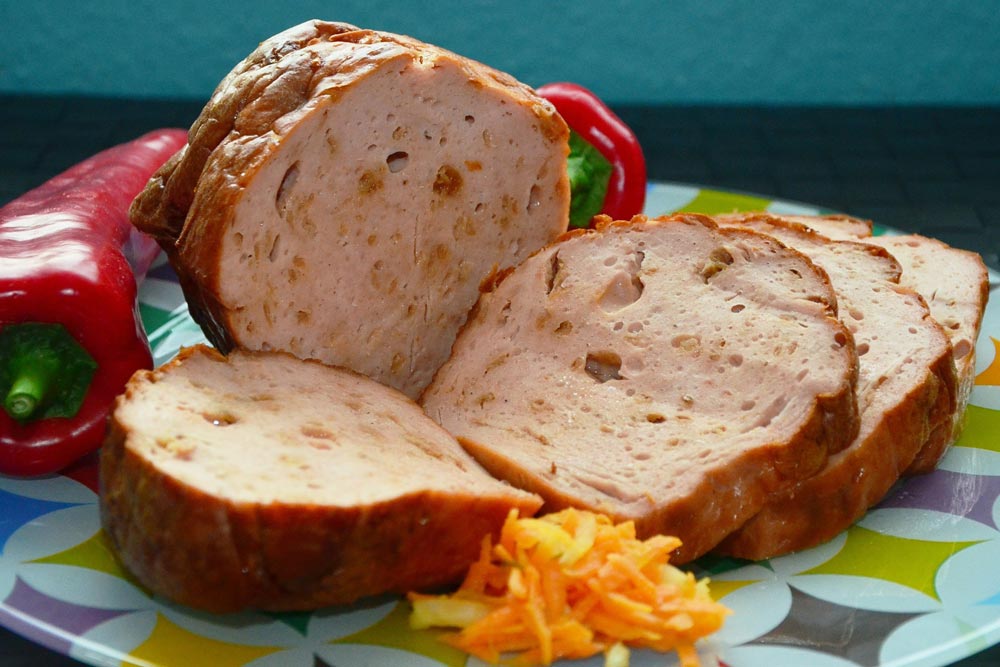- Your cart is empty
- Continue Shopping
Of Mattresses and Meatloaf

Meatloaf. The word can conjure many emotions. Regardless of whether you experience fond memories or nightmares when thinking of meatloaf, you most likely know how it is made. Ground meat and breadcrumbs make up the majority of this meal. Sure, you have eggs, spices, ketchup, and maybe a few other secret ingredients. We aren’t here to compare recipes. We are here to compare meatloaf to mattresses. More specifically, we are here to compare meatloaf to the cushioning in mattresses. Stick with us. You’ll understand what we mean soon.
When someone prepares meatloaf, they can take liberties with the proportions of the ingredients. They could put 90 percent breadcrumbs and 10 percent meat in it and still call it meatloaf. They wouldn’t be lying, technically. It is not a meatloaf that we would want to eat. The cushioning in mattresses can be manipulated in the same way. Instead of cheating by using too many breadcrumbs, manufacturers can use too much air when making the cushioning. This is not the cushioning that you want to sleep on.
By Cushioning, We Mean Foam
Not the foam we were thinking of, no. But this is foam. You’re on the right track.
Cushioning can be made of a few types of materials. Mattresses might contain Flexible Polyurethane Foam (FPF or just foam),Memory foam (a type of FPF), or latex foam. In a majority of mattresses on the market, they contain a combo of the first two. Does your innerspring or “regular” mattress contain at least one type of foam? Yes. Does it contain Gel Foam? Probably. Foam is a fairly simple concept so don’t get tripped up on it.
Polyurethane (or Latex) with Bubbles
Foams are polyurethanes or latex that is whipped with air. The manufacturer blows bubbles into the polyurethane or latex and then bakes it. It is really that simple. Foams must have polyurethane (or latex) and air. Meatloaf must have meat and breadcrumbs. It is theproportions that define the quality of each one. What you, the mattress consumer, should be looking for is how much, or rather how little, air is in the foam. If there is less air in foam it will have a higher density. High density foams resist “sagging” or “dipping.” Yes, they can be soft. Yes, they are more expensive. No, an expensive mattress does not necessarily have them.
And no, a firm mattress is absolutely not a guarantee of high density foams or durability.
Density Doesn’t Equal Comfort

Foam density is a measure of quality and potential durability. It doesn’t mean that it will be comfortable. Comfort is subjective. A mattress may have dense comfort layers and a durable construction but feel awful to you. You need to lie on a mattress to know if you’ll like it. One size does not fit all. You will have to ask the sleep consultant about the foams when you visit your locally ownedmattress retailer. If they don’t know and can’t find out, you should move on.
Density Conspiracy
The density of foam will most likely not be written on the price card at the foot of the bed. It is rarely listed online as part of the features. Many companies are out to sell more volume, not more value. Some will not reveal any information about the layers of their mattresses. Others will make them so confusing that you may give up. If you don’t know what foams you should look for, call us or visit one of our stores. Rest assured that the informed sleep consultants at Mattress Man Stores will be able to inform you about the content and construction of our mattress collections.
Meat can be Done. We’re Finished.
Now you see that foams can be made with a great deal of air. Meatloaf can be made with a great deal of breadcrumbs. Neither of those options make for a great product. You need to ask a seasoned sleep consultant about the components of a mattress. Do this only after you have spent time investigating the comfort of a few models. If you are in Western North Carolina, stop by one of the three locations of Mattress Man Stores. We have the meatiest, most comfortable mattresses with unparalleled warranties shown in impeccably appointed showrooms by veteran sleep consultants.








